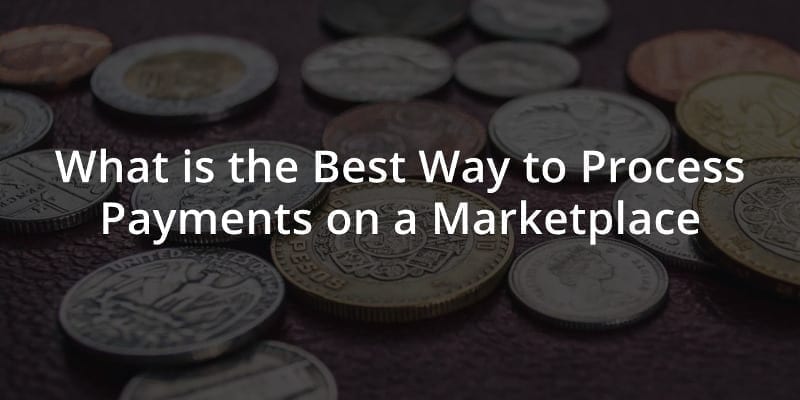What is the Best Way to Process Payments on a Marketplace
According to The State of e-commerce marketplace selling, 59 percent of eCommerce marketplace website users stay loyal to an online multi vendor mall due to the speed of payments.
Besides, thirteen percent of the sellers have switched to another virtual multi vendor shopping center because of the frustrating payment process.
The way you are processing payments on your virtual shopping marketplace influences your ability to retain sellers and buyers, the online multi vendor mall main asset.
To create an efficient payment system, you need to know the elements that are crucial to the system seamless functioning.
You may also be interested:
1. The online payment system elements
1.1 Payment gateway
It’s a transaction channel between a buyer and a seller, the online equivalent of a physical Point of Sale.
It helps to authorize online payments and to prevent fraud.
An online payment gateway:
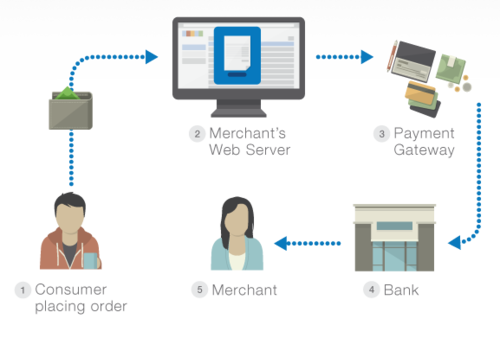
A payment gateway authenticates the customer’s credentials before forwarding the transaction information to the payment processor. Then, it transmits the approval code or other confirmation details to a customer.
It provides the following features:
- payment reporting capabilities;
- fraud-prevention services;
- multi-currency and multi-jurisdictional settlement via a single interface;
- different payment options (credit cards, e-wallets, cross-border payment);
- users financial operations’ protection program.
An online payment processor definition is often used as interchangeable to a payment gateway. In fact, an online payment processor is the other part of an online payment system:
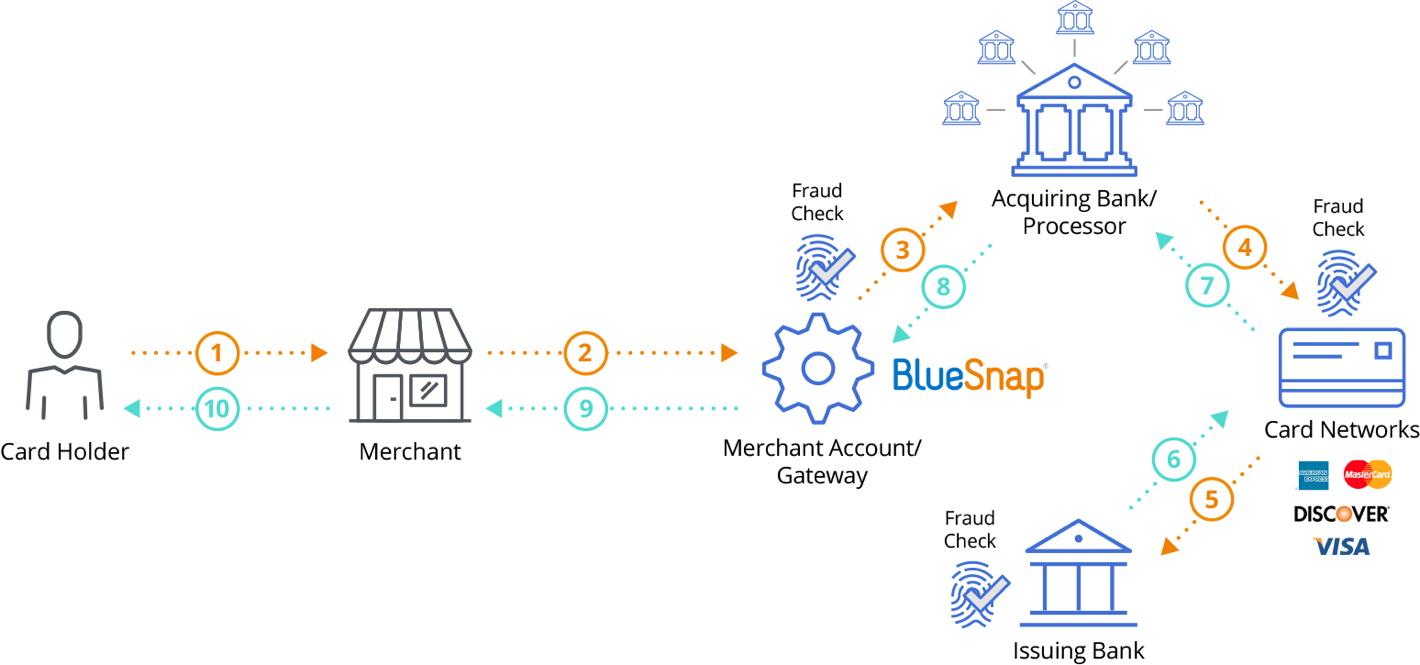
Besides, a payment gateway is integrated with a shopping cart.
1.2 Shopping cart
It’s the online equivalent of a grocery cart: buyers put the goods into it and proceed to checkout.
A shopping cart performs the following functions:
- defines the total cost of the purchased goods;
- adds in delivery fees;
- defines appropriate sales tax;
- subtracts discounts;
- provides the ability to pay for orders from the multiple vendors at once;
- supports the refund process.
An online payment system is a highly regulated element of the e-commerce multi vendor platform.
Thus, if you are building it from scratch, instead of using a pre-packaged solution’s payment system, keep in mind the following points:
- to use credit and debit cards as a payment method, you need to become PCI compliant; that means you need to meet the set of Payment Card Industry Security Standards Council requirements;
- with the pre-packaged solution payment system, the checkout flow design is already optimized to the online customers’ requirements, while building it from scratch can take a few months;
- you need to integrate the additional payment methods every time from scratch as well, while in a pre-packaged payment solution, they are built-in;
- you should ensure compliance with local regulations;
- keeping the payment system secure and scalable will require additional time and costs, which isn’t necessary with the payment system of a pre-packaged solution;
- the shopping cart you will use needs to be integrated and tested with a gateway as well.
Whether its built from scratch or the part of a pre-packaged solution, there are other characteristics that an effective payment system should meet.
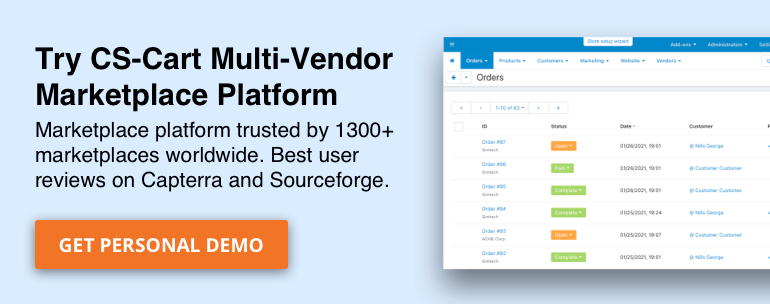
2. The attributes of an effective payment system
There are some payment system characteristics that are crucial for marketplace users:
- flexible payment options;
- a short turnaround time for money transfers;
- the ability to receive payments each time vendors sell a product;
- security.
Besides, take into account your clients’ paying preferences and an e-commerce marketplace business model.
2.1 Compatibility with a marketplace business model
If your web marketplace store works in a peer-to-peer format, you can choose the payment methods that fit your concept.
Freelancer.com suppliers are individuals that implement peer-to-peer services mostly, with a relatively small average payment amount.
Thus, the eCommerce marketplace website uses e-wallets (PayPal) as a payment method:

25 percent of TaskRabbit customers make payments via mobile, that’s why the online multi vendor mall had chosen the gateway that suits those conditions.
Also, tailor your payment system to the geo of your virtual multi vendor shopping center operations.
Make sure that your payment system works with currencies that your clients use, and can process the cross-border payments since this option is a must for vendors to sell internationally.
The transaction average volume and length influences the payment process as well.
If your virtual shopping marketplace is selling high-end goods, you may provide your clients with the ability to pay in installments.
Airbnb launched the “Pay Less Up Front” option to embrace its long-term bookings. Guests pay for part of their trip when booking, and transfer the rest closer to the check-in date.
Also, make sure that your payment system is scalable and is able to keep payouts and payments’ splitting at speed when sellers’ number increases.
2.2 Relevant payment methods
According to the Nielsen report, debit card and cash-on-delivery are more popular than digital payment systems in India:
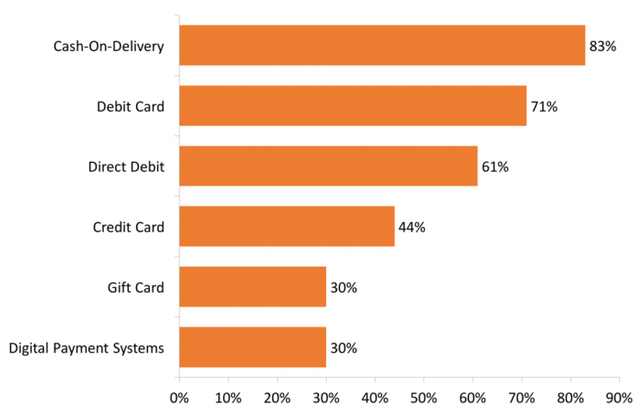
Thus, research the kind of payment methods your customers prefer and tweak your payment system to their preferred choice.
The report shows the payment method popularity level in different regions:
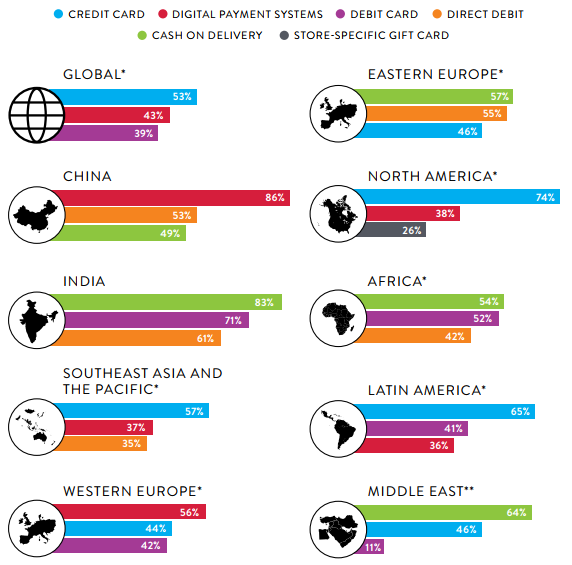
Credit and debit cards allow you to get the payment confirmation immediately.
Besides, they have a wide global presence.
However, according to the 2016 Fraud Report, credit card fraud represents 41 to 63 percent of payment fraud across all merchant categories.
Direct debit allows e-commerce multi vendor platforms to collect payments from the customers who provide their bank account details and authorize a virtual shopping marketplace to debit them.
It’s not the most obvious payment option for e-commerce since the payment is confirmed with a delay and can take up to 5 business days.
Digital payment systems enable lower risks and transaction costs, since the method allows customers to store and use money online, and they don’t need to enter their card details every time. Besides, the risk of fraud is reduced since payments are authenticated with the customer’s login credentials, and payment disputes are quite rare.
However, it suits individual consumers and has the limits for large transaction amounts.
Cash-on-delivery means no risk for customers to lose money in case of any issues with delivery or product quality.
Besides, it’s an option in the regions with the prevalence of cash usage.
It makes the sellers vulnerable if a customer returns a product without paying for delivery. Thus, you need to establish transparent delivery and return conditions.

True Experience #1

Jeffrey Pitrak
Transient Specialists, Inc
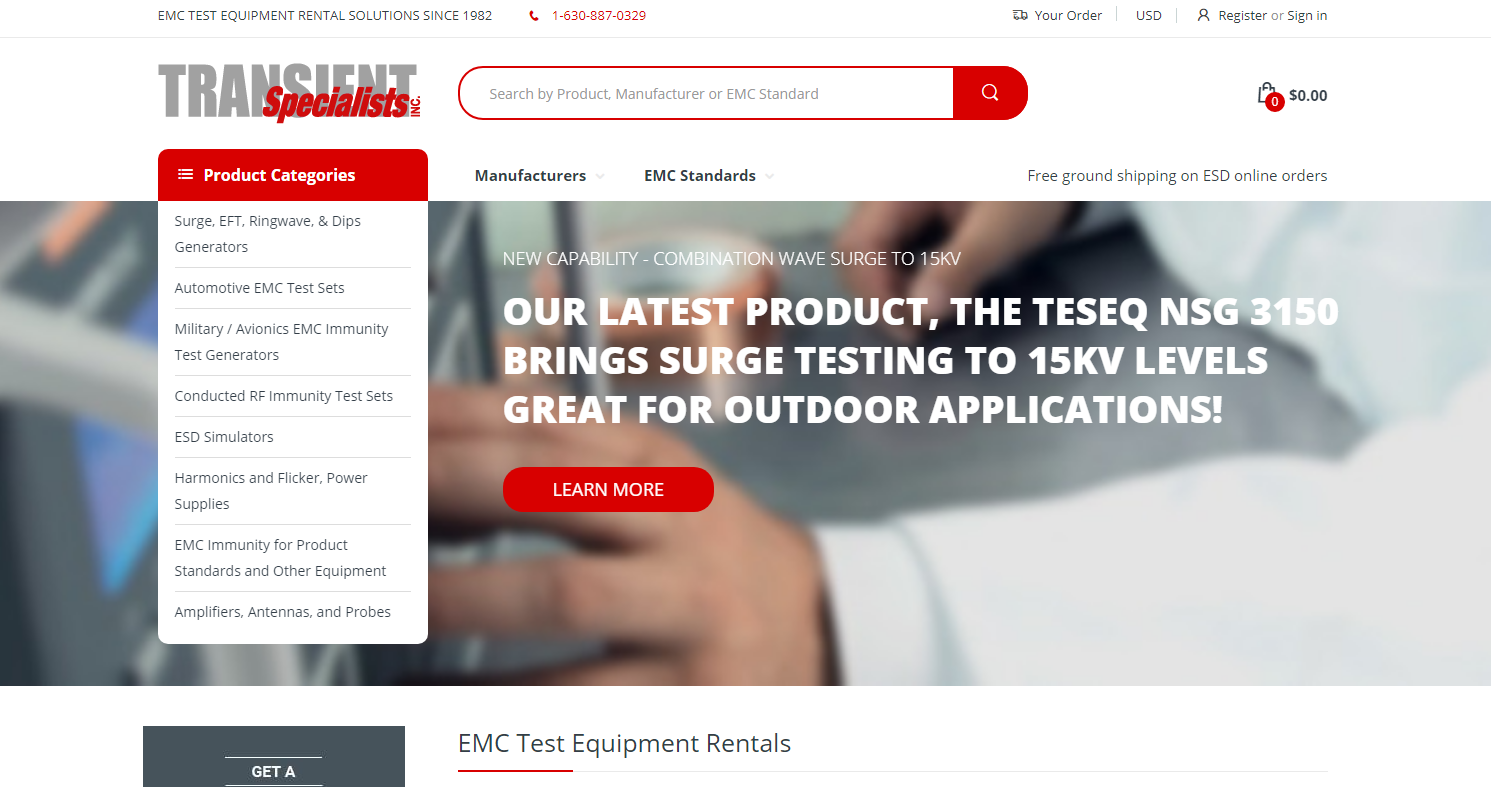
I work at a small business in the Electronics industry and have a website that does significant commerce online.
We have found that customers prefer using credit cards over the safer Paypal option. Originally, we had Paypal as the preferred method and then a click-through for other payment options. We were unsatisfied with the results and decided to make the major credit card payments present with PayPal. We noticed an increase in orders (estimated 50%) and orders with multiple products as well as almost no purchases is with Paypal. We have noticed less than 10% of our sales come from more secure payment options (Paypal etc).
People have the tendency to see the Https:// and secure website logo and trust that your business payment processing is secure. Very rarely do we ever have any lack of confidence in our methods of payments via our website.
2.3 An efficient seller payout system
As the survey shows, there are some following areas where the virtual multi vendor shopping center sellers lack trust in connection to payments:

Thus, a comprehensive seller payout system is crucial.
Ensure that your payment system distributes payments and takes out the commission in a quick and transparent manner.
Set up automated payouts, while still being able to distribute the money manually in case of any issues.
At the same time, it’s good if a payment system enables the tools to control if sellers pay debts and recurring payments on time.
2.4 The seamless checkout process
The checkout process is the set of actions a customer makes to select a product and make the payment.
A payment system is an important element of the checkout process. It’s better if all the checkout milestones, including payment, are shown clearly from the first step of the checkout process.
The CountryCulture checkout process:
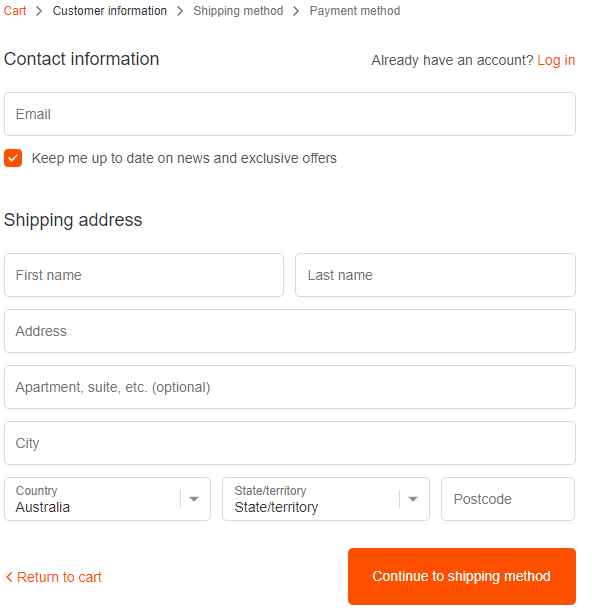
It helps to decrease the abandoned cart numbers and boosts conversion.
Payment methods that involve redirecting customers to another app, site or page, to complete their payment, prolong the checkout process and make it more complex for customers.
For a physical multi vendor marketplace, it’s typical to transfer the money immediately after checkout is completed.
As the opposite, some service online marketplace checkout process includes the payment delay till the service is done. Even though the checkout process is started, the customers finish it only after they are satisfied with the service quality.
The freelancer.com payment step in a checkout process:
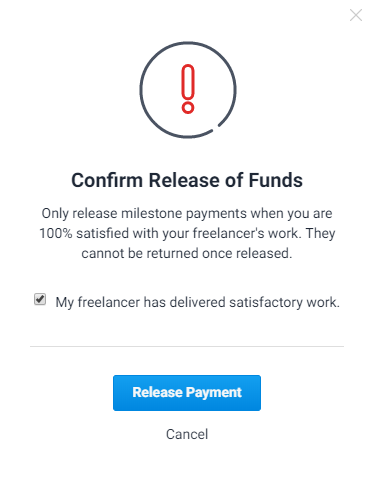
Besides, define if you need to add the registration during checkout.
Airbnb requires you to sign up before you can proceed to checkout:

It may scare some customers away, but helps to prevent fraud and to retain the registered users from a long-term perspective.
2.5 Security and regulatory compliance
The credentials required to complete transactions can be stolen.
Thus, you need to use only reputable payment providers, gateways, and processors.
Besides, the proper level of customer authentication during the payment process is crucial to ensure payment security.
Ensure that customers have an option to execute payment instructions by themselves, with an authentication step to prevent issues.
Besides, if your payment gateway provides transaction and refund reports, it helps to ensure trust.
Also, make sure that your payment system is in compliance with regulatory standards:
- PCI DSS standard allowing your customers to pay with MasterCard, Visa, and other credit and debit cards;
- Transport Layer Security—a specific encryption type that ensures that the customer’s credentials are secure while a payment gateway forwards it from the customer’s computer to the issuing bank;
- a Know Your Customer process that all online payments first go through: it helps to avoid money laundering and to verify their identity.
Besides, a payment system should include the tools for location-based tax management for sellers.

True Experience #2

Dave Hermansen
CEO, Store Coach

In this age where credit card fraud and database breaches seem to be in the news on a monthly basis, for sure, the biggest concern of customers is that their payment information is secure. While we do not have any statistics to back that up (I’m not sure how anyone would ever be able to obtain such statistics other than a small sample survey), I do know that data security is a concern that customers have expressed to us on numerous occasions.
We have never received any negative input from customers related to the speed of payment processing (I’ve never noticed a vast difference in processing speed between the more than half a dozen payment processors we have used over the years). There are some barriers that slow down the checkout process, but those are usually due to lengthy checkout forms asking for unnecessary information.
We emphasize our Secure SSL, PCI Compliance, and Privacy Policy on all of our websites with not only words, but with seals (images), and we do it in multiple places – our policies pages, next to Add to Cart buttons, and on the shopping cart and checkout pages.
3. The payment processing approach
There are different approaches to online payment processing that suit different eCommerce marketplace website concepts and online customer’s preferences.
3.1 Escrow
This approach is useful for service e-commerce marketplaces where trust matters the most. It helps customers to collaborate with suppliers they haven’t worked with before while staying in a secure position.
When a web marketplace store uses escrow, money is taken from a customer and is held by an e-commerce multi vendor platform until the service is completed.
However, the method is regulated heavily and requires a state license to be allowed to hold funds.
3.2 Credit card pre-authorization
This approach implies that customers need to enter credit or debit card details in advance, but the money is not transferred.
It helps to guarantee that the card has a credit to transfer money when a product or service is purchased.
It’s useful for virtual shopping marketplaces, where the clients approve or decline the transaction before the funds are released, as Airbnb is doing.
3.3 Recurring payments
This approach implies that the customers’ payment credentials are accessible to a marketplace constantly once they provide them, and clients are not required to take further action for future payments.
It helps to set up the regular payments for sellers: subscription plans with different conditions and limitations.
Amazon seller plans:
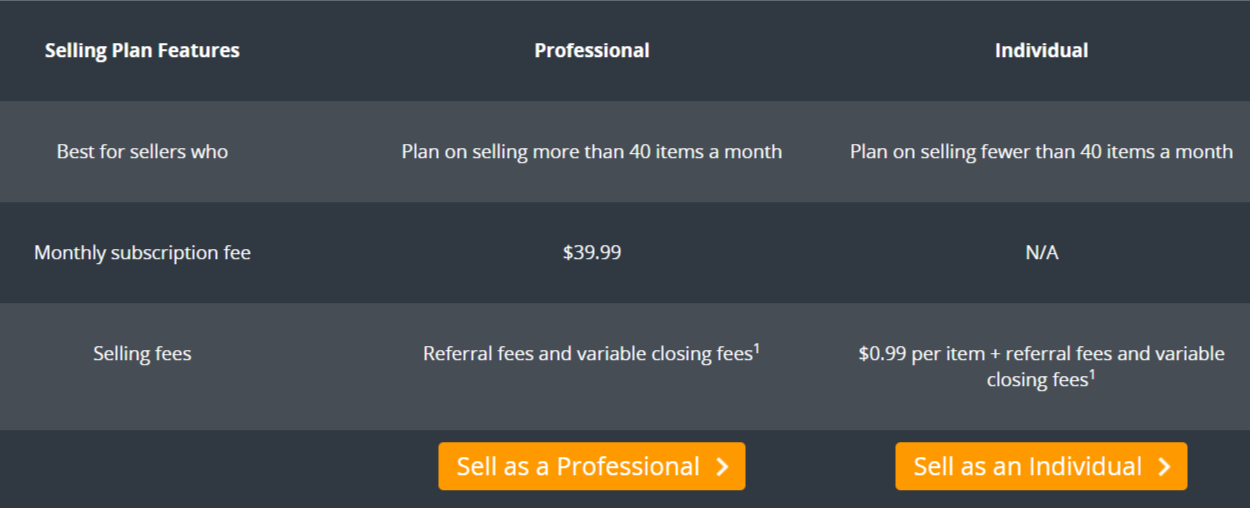
3.4 Payment in installments
This approach embraces the customer’s need for afterwards payments.
It is useful for virtual multi vendor shopping centers with a higher average order value.
Such online multi vendor platforms may offer a consumer credit payment option at checkout to increase conversions.
The ability to pay in instalments on an New Zealand marketplace Mode:
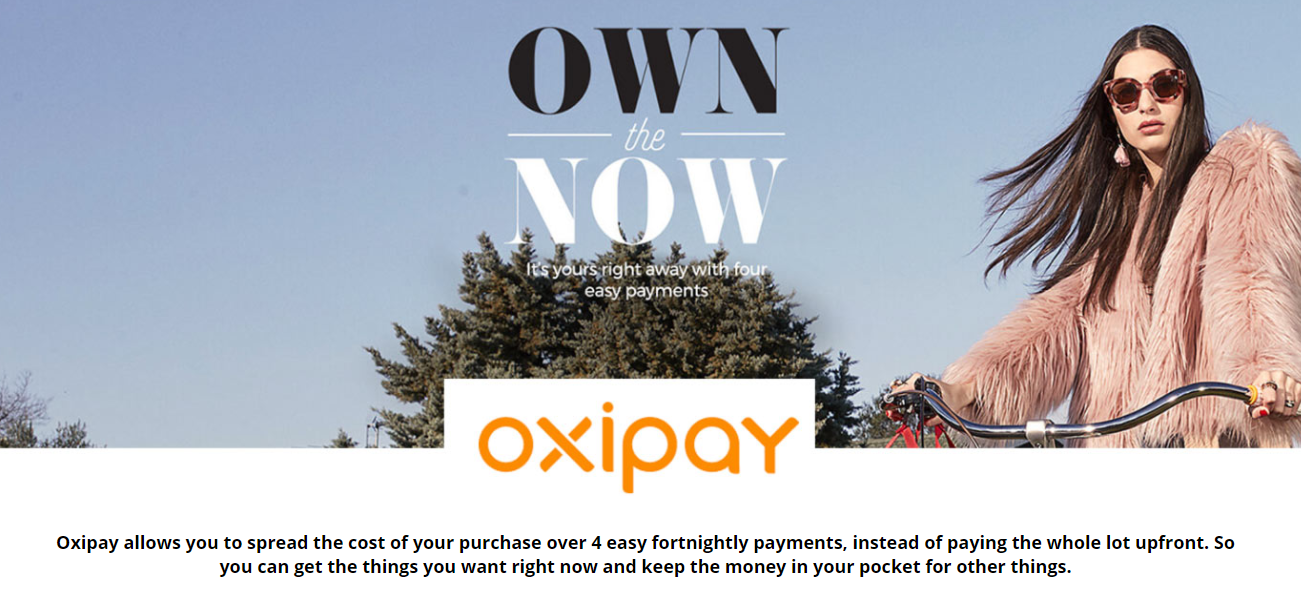
The cornerstone of the seamless online payment processing is providing users with enough security to share their payment data with your online multi vendor mall, and enough trust for them to be constantly involved in the financial transactions with strangers.
Besides, it’s necessary to pick those payment process elements that fit your clients’ preferences, regulatory requirements and leverage the technology that makes the payment processing “invisible” for clients.

Yan Anderson is the Head of Content Marketing at CS-Cart with over 10 years of experience in the eCommerce industry. He's passionate about explaining complicated things in simple terms. Yan has expertise in building, running and growing eCommerce marketplaces. He loves to educate people about best practices, new technologies, and trends in the global eCommerce industry.
